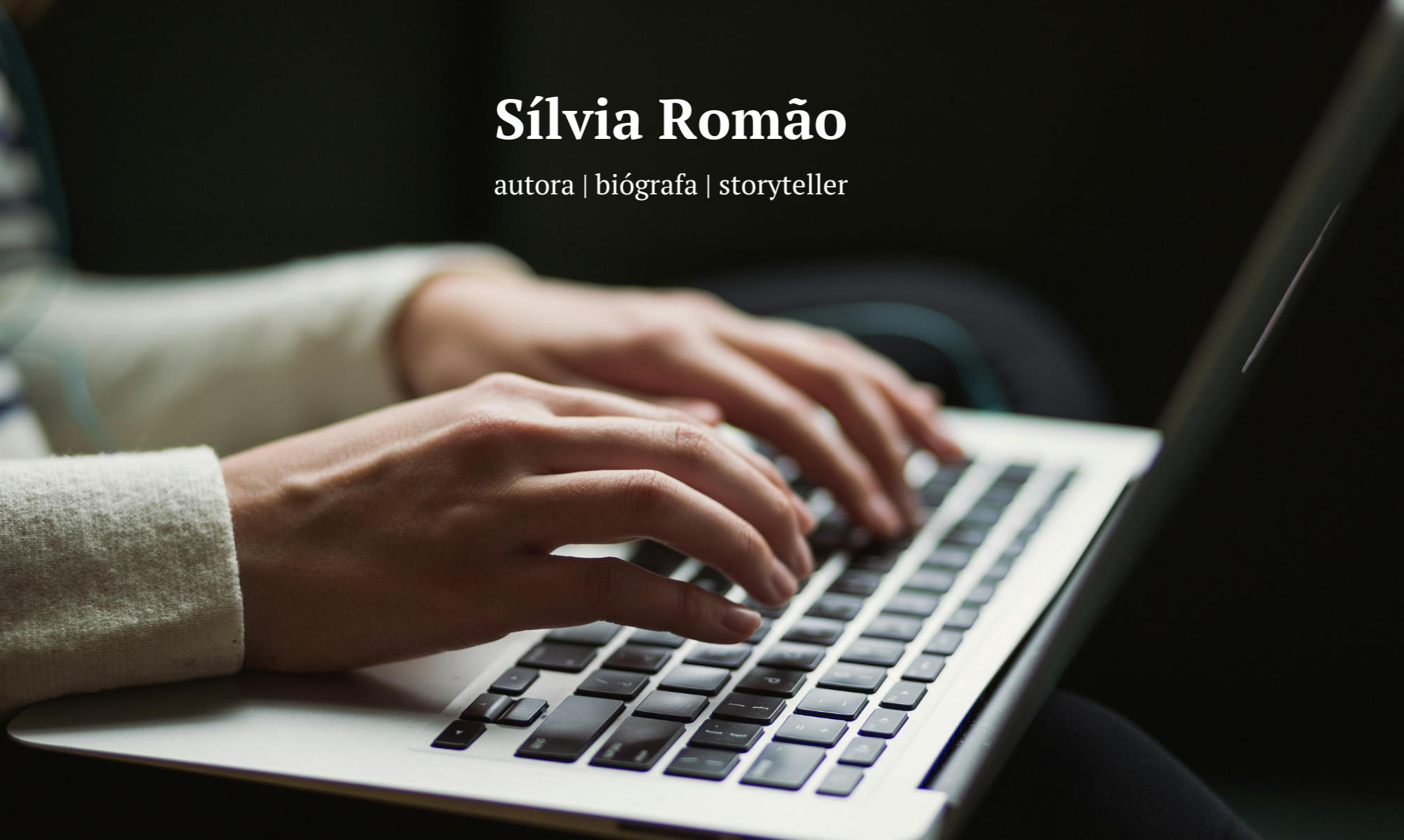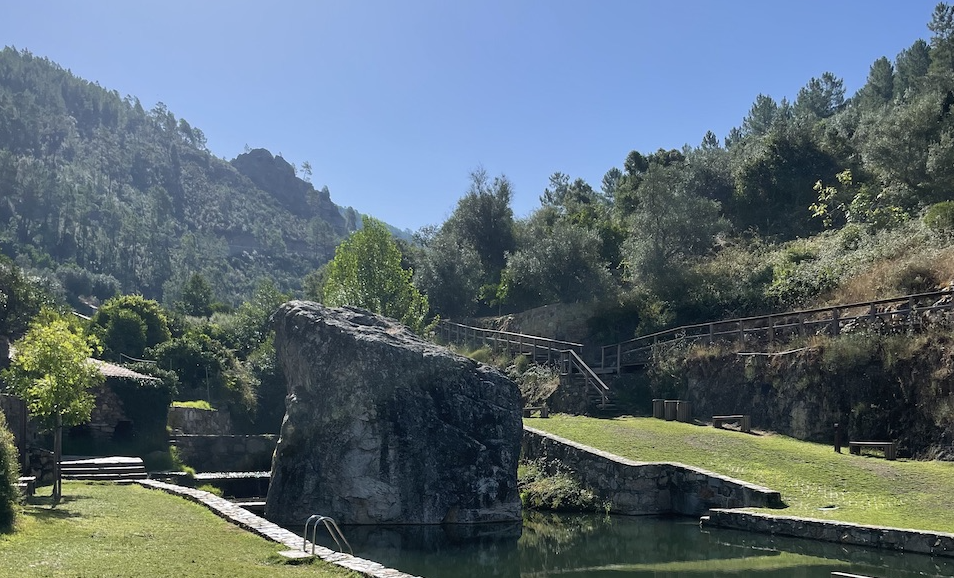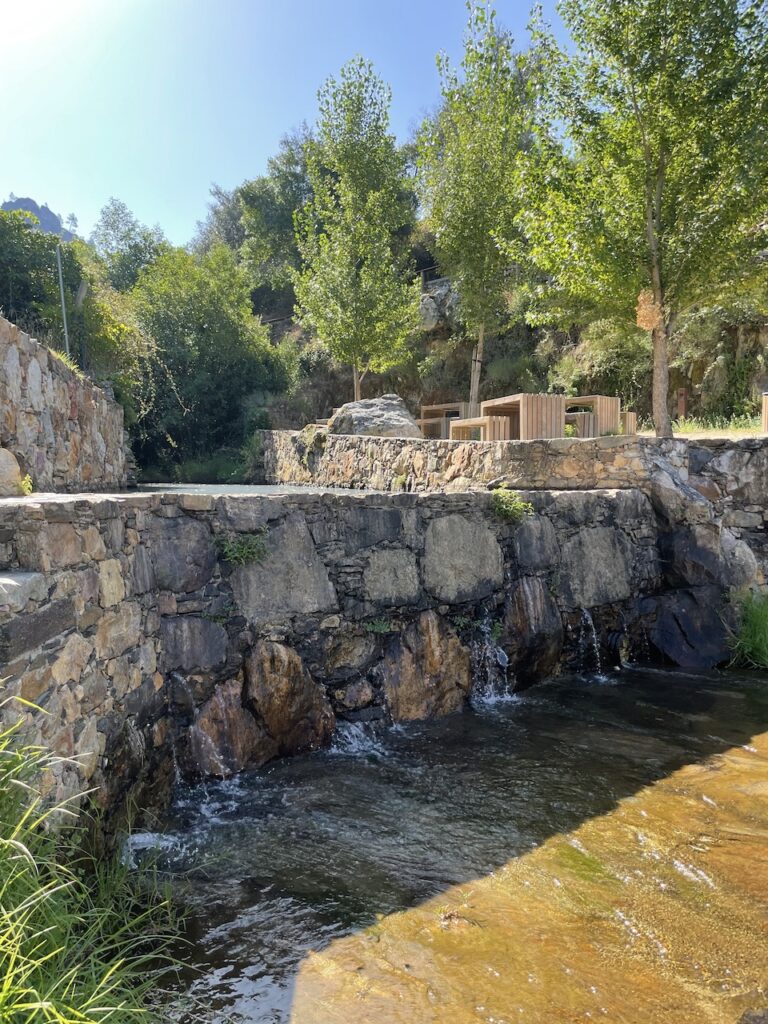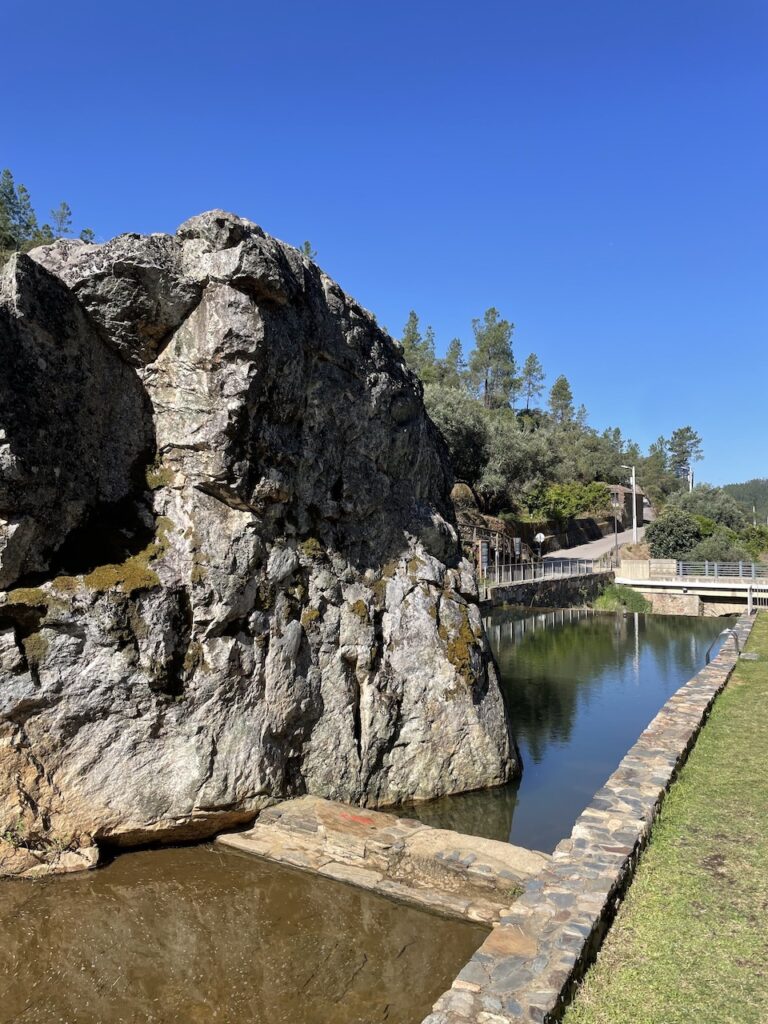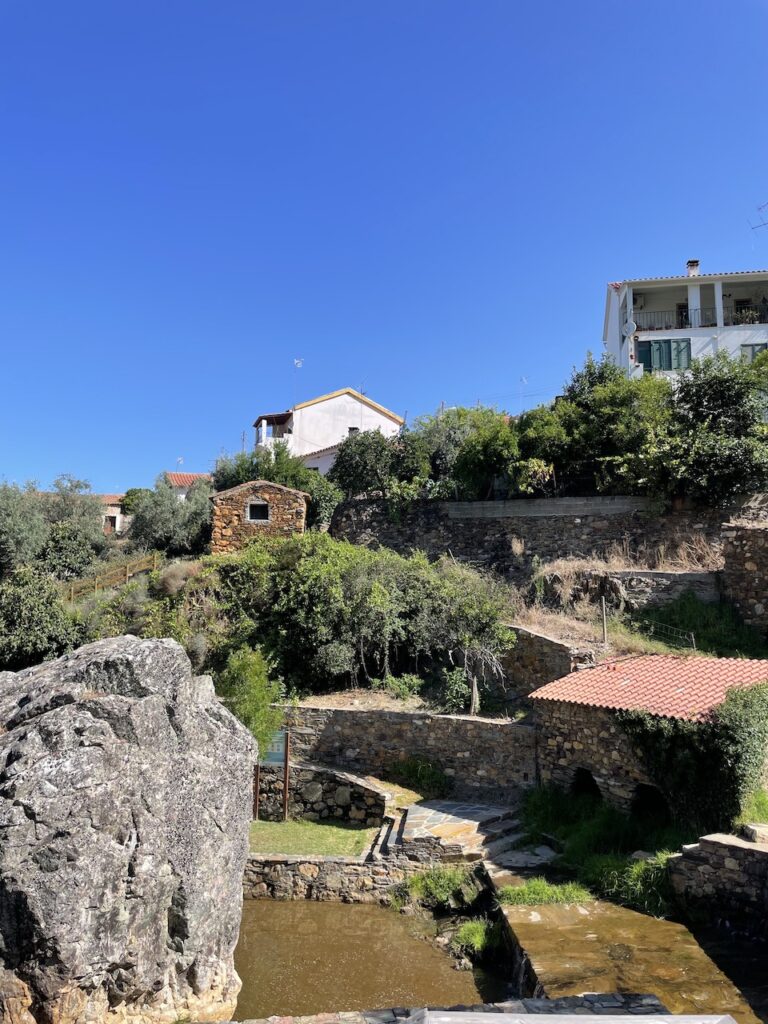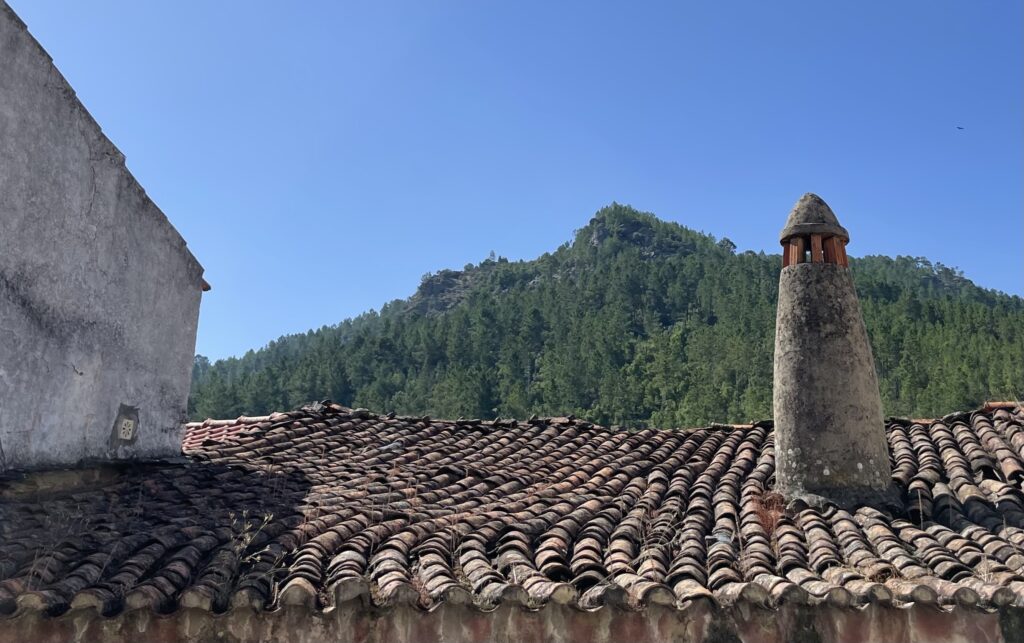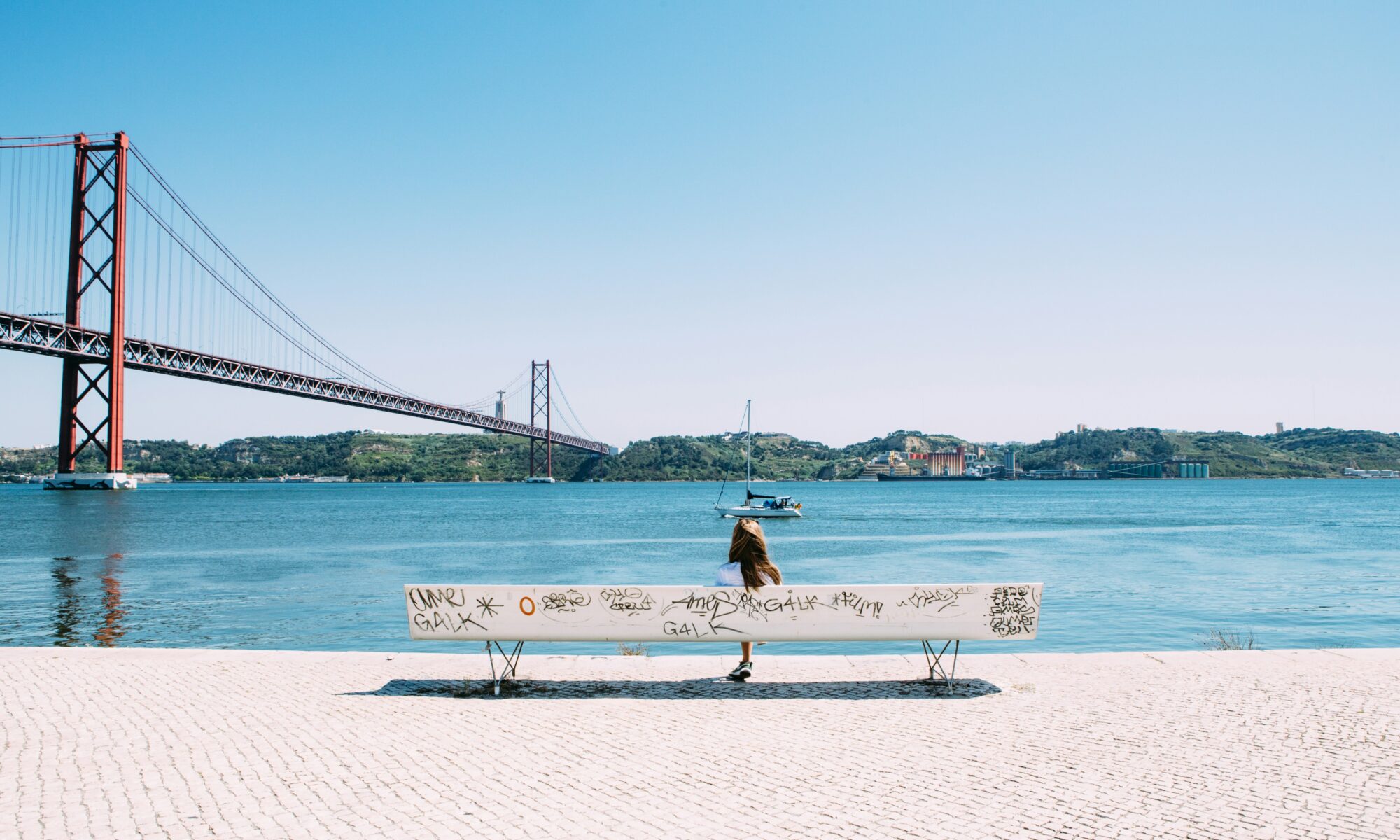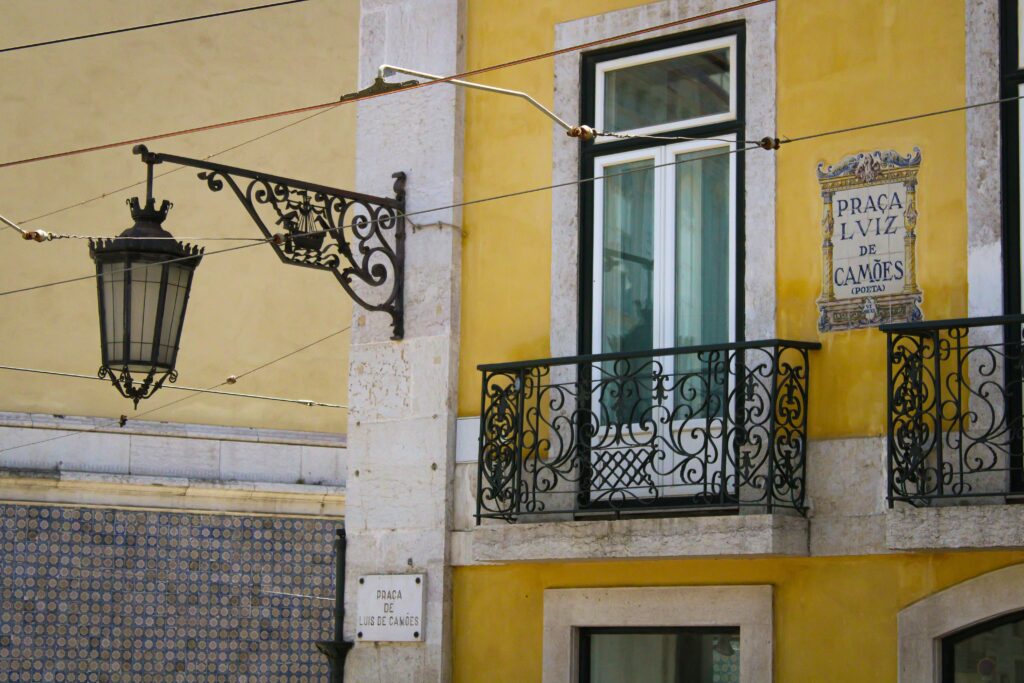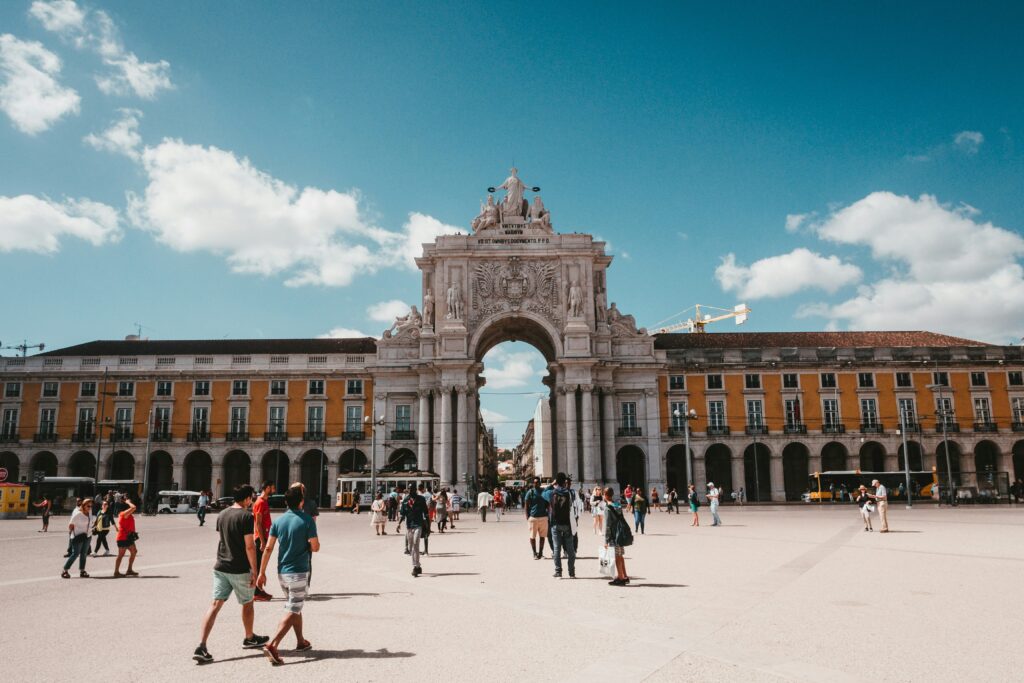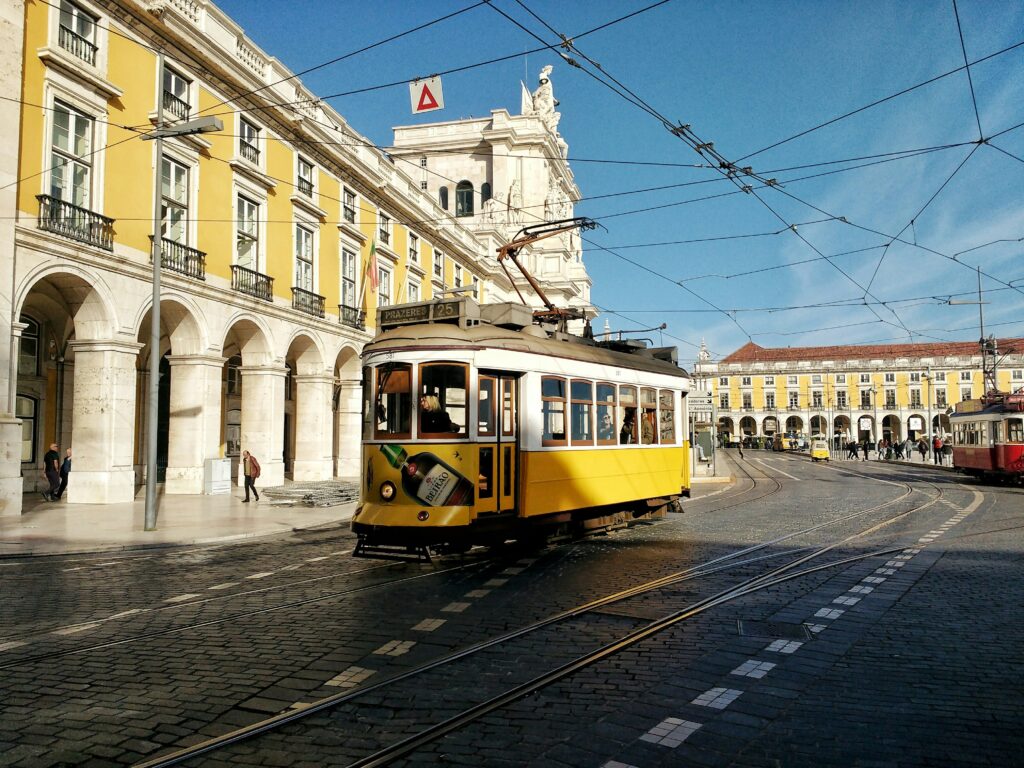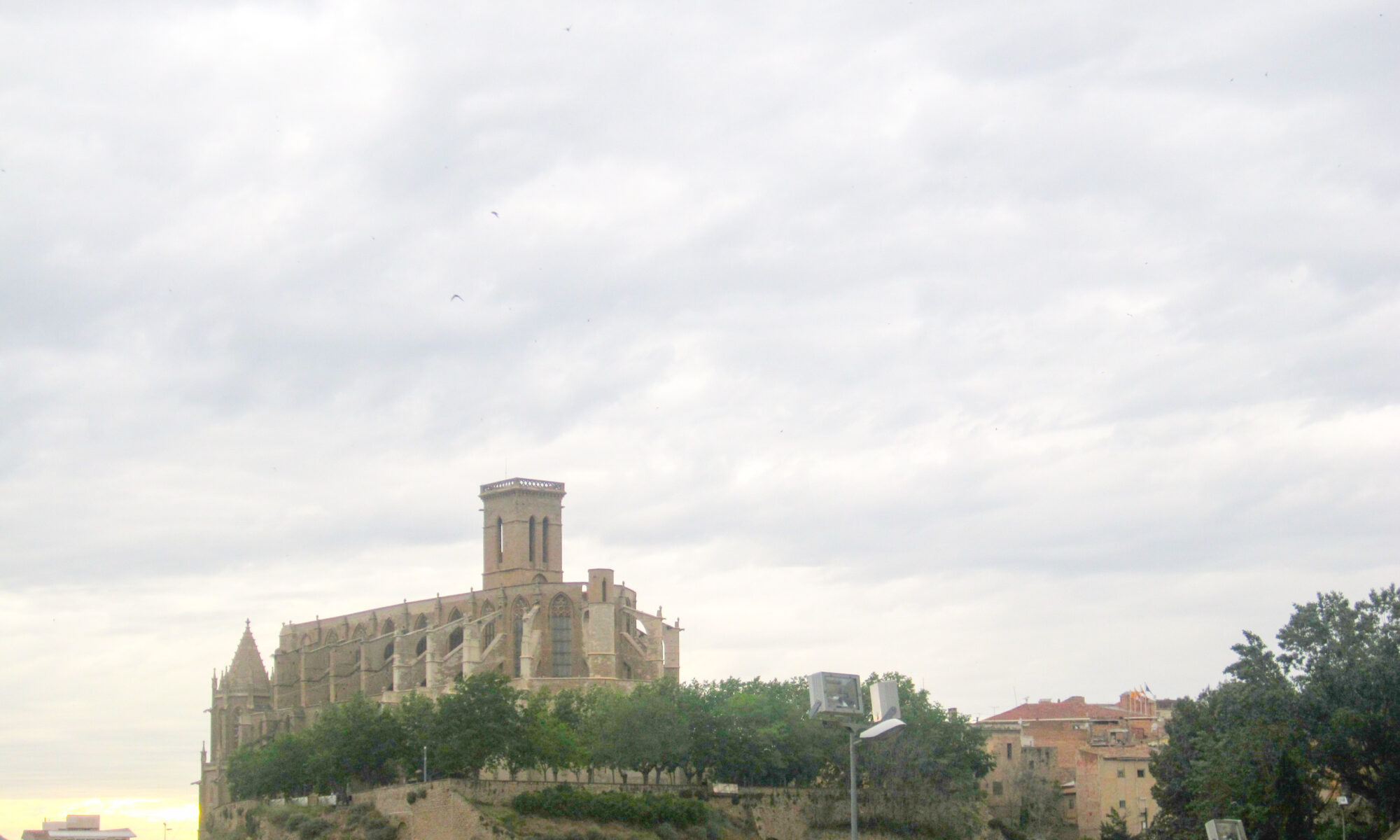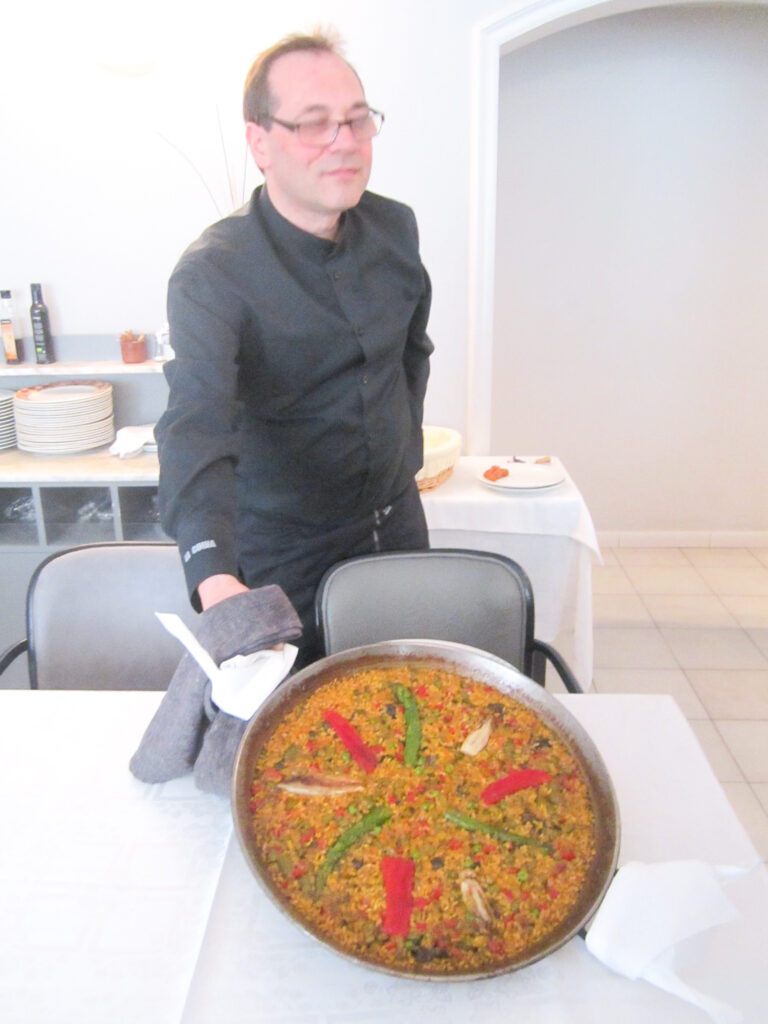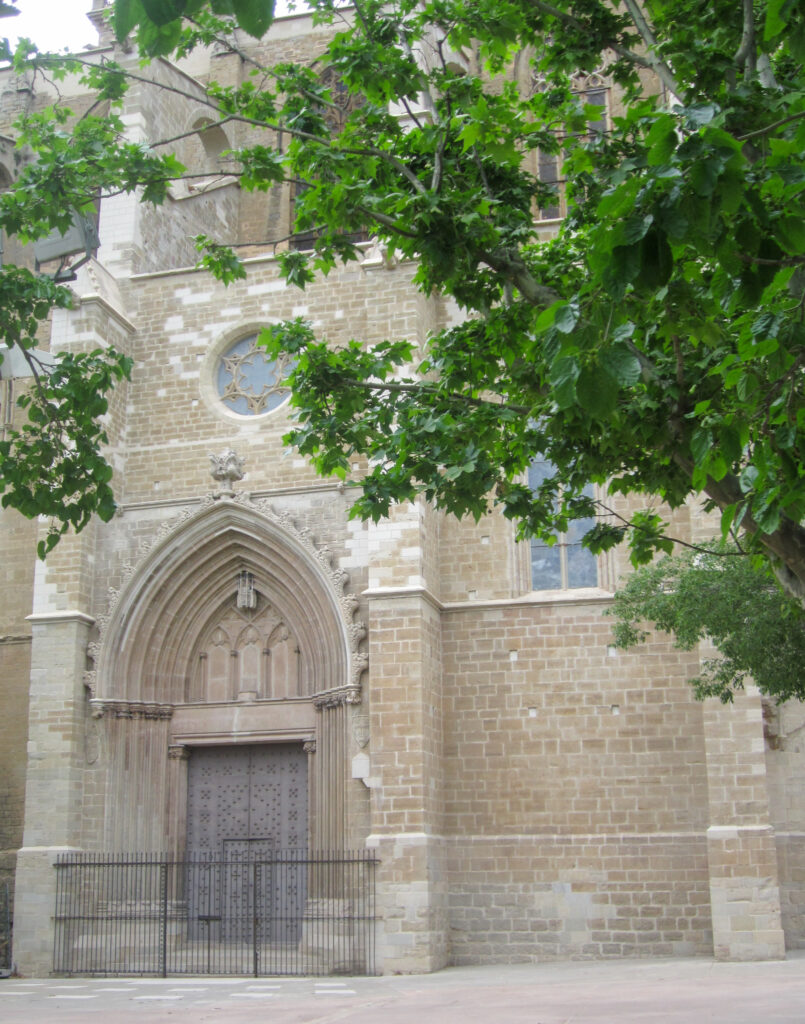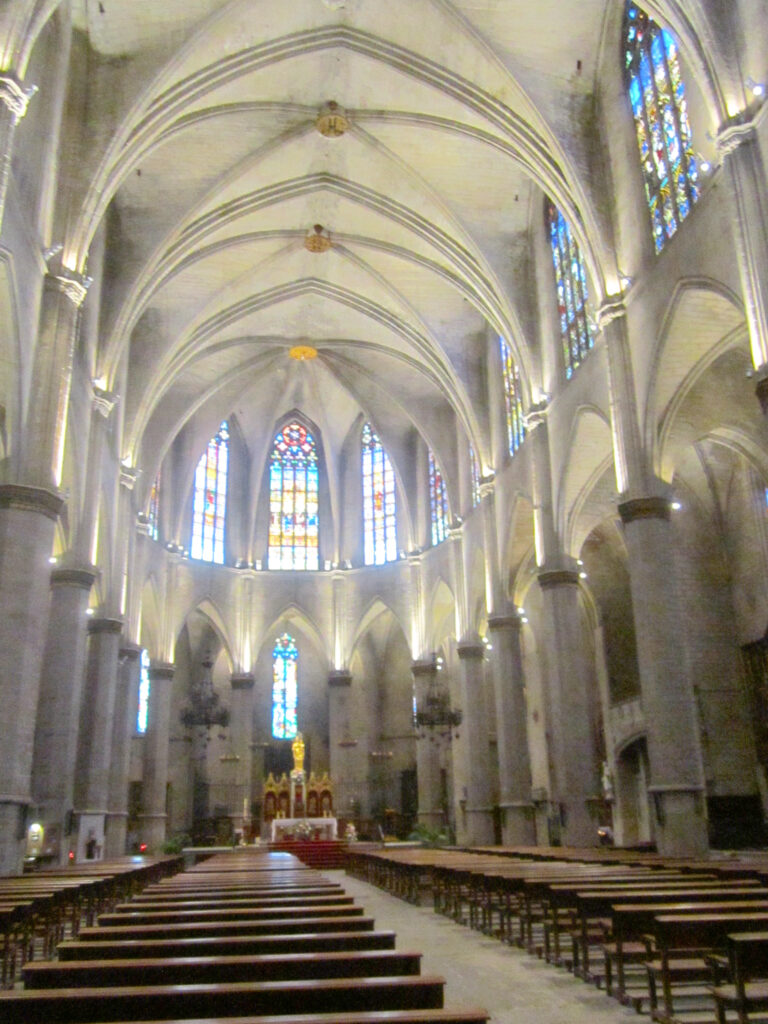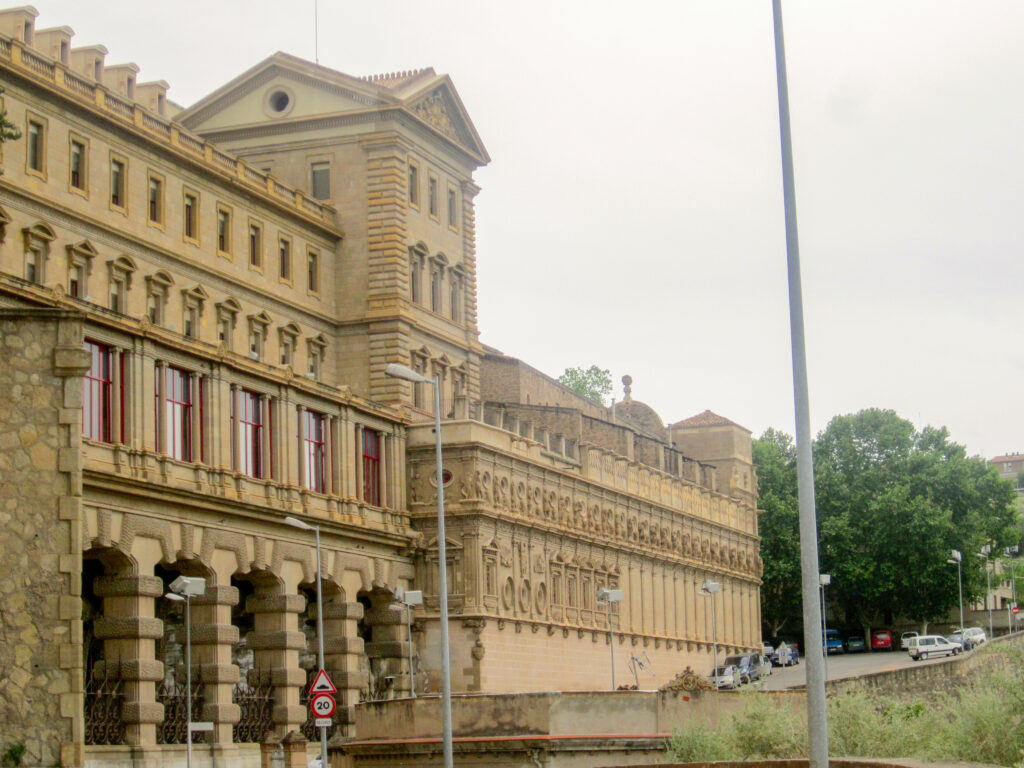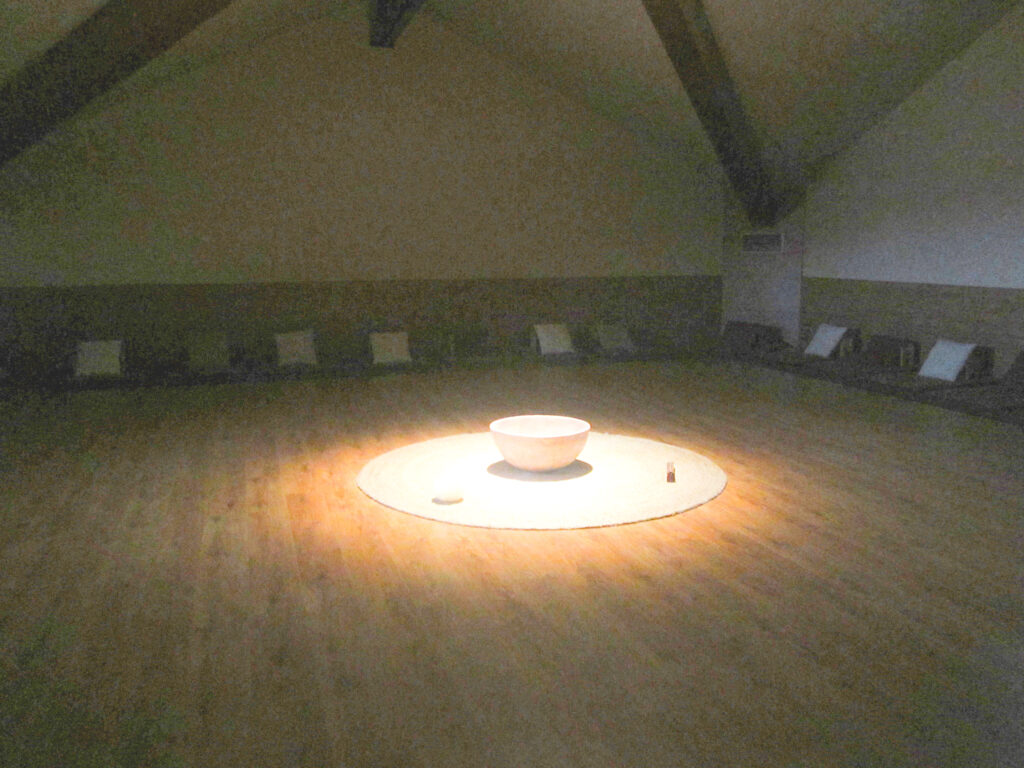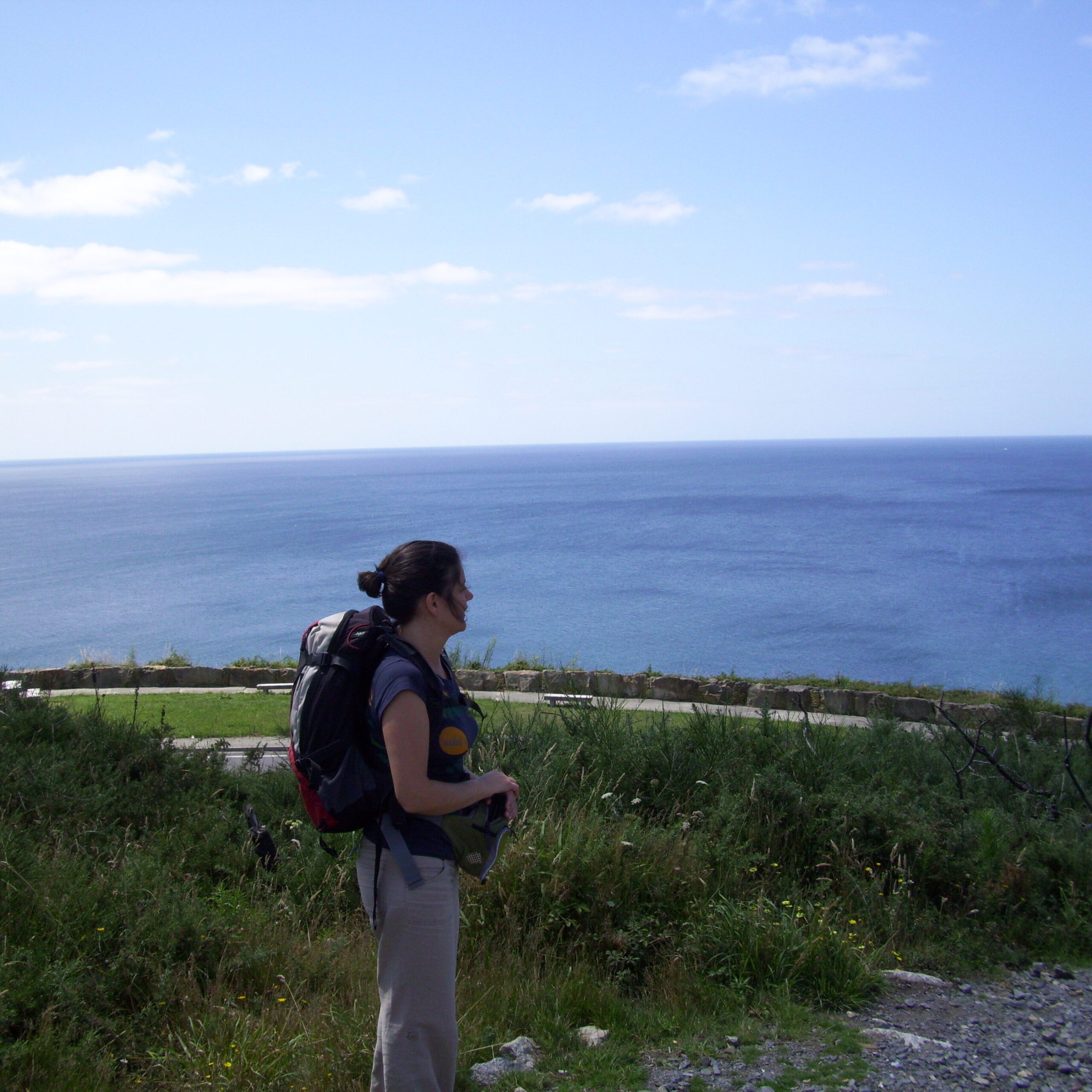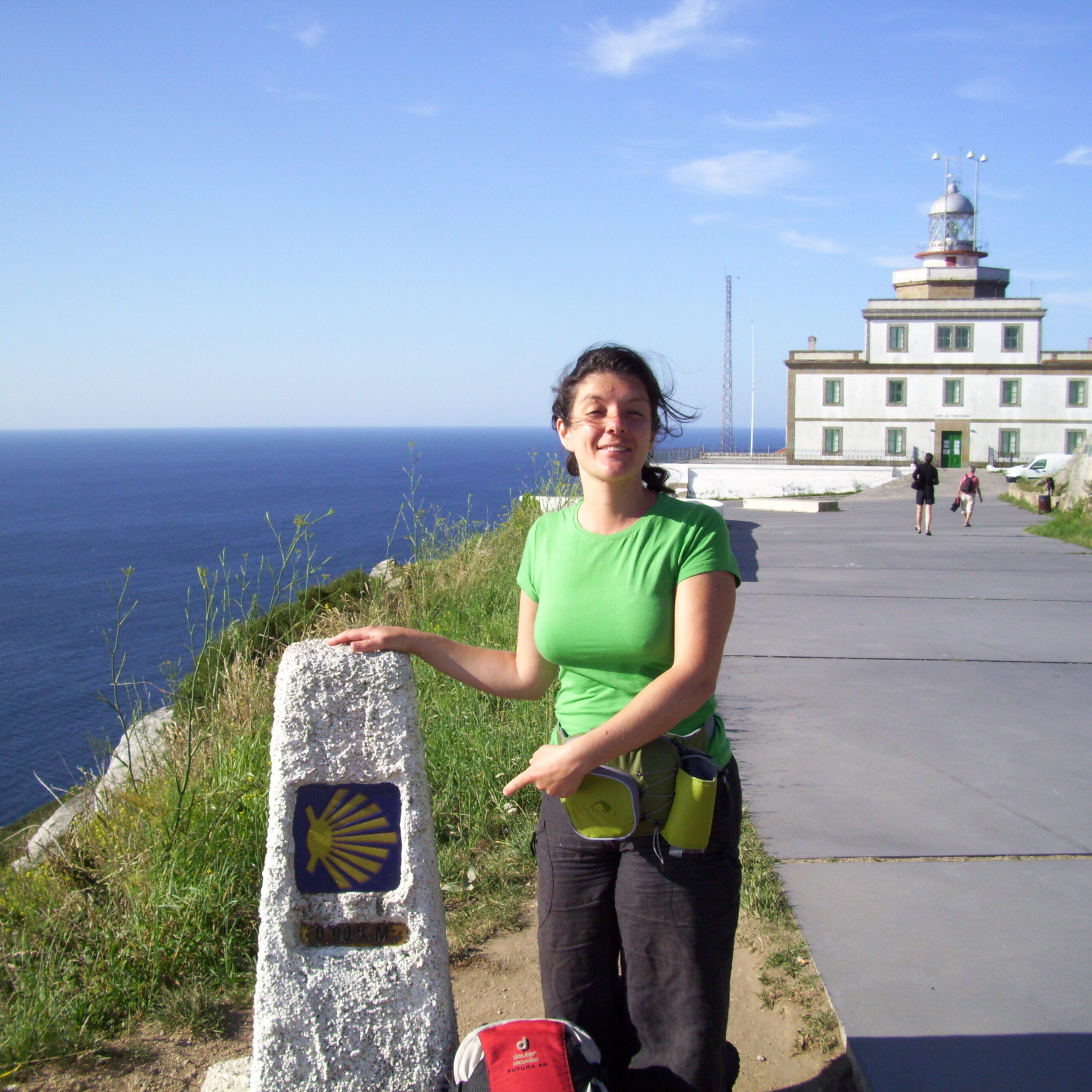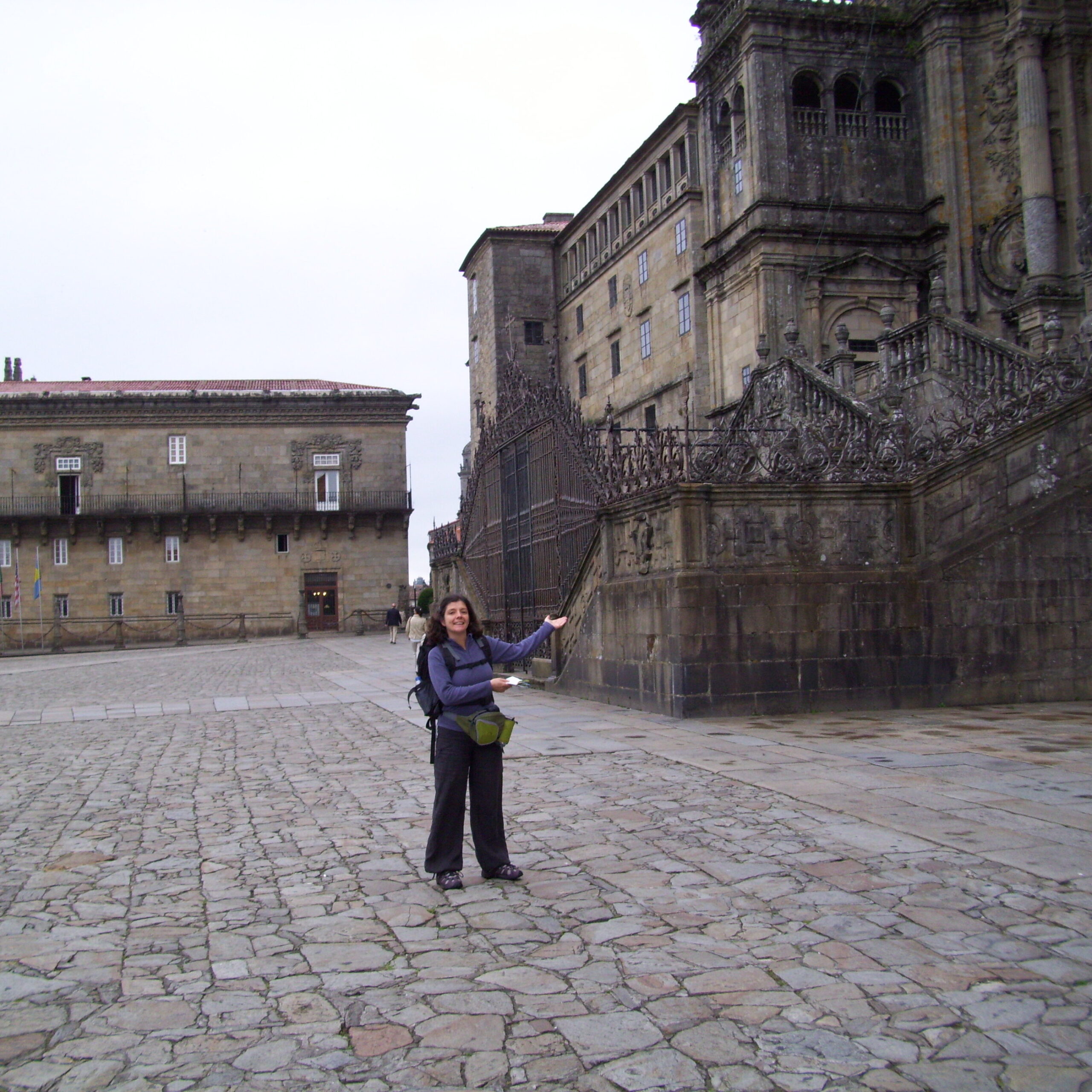How slow living increased the quality of my days
From the moment we wake up until we fall asleep again, we are bombarded by an overwhelming amount of stimuli. There’s too much information competing for our attention. Between the moment we fall asleep and wake up the next day, we increasingly live with the feeling of being in a constant race of hyperstimulation.
That’s how I’ve felt lately, unfocused and exhausted unable to pinpoint exactly why. Rationally, I couldn’t see any reason for this discomfort. After all, more than fifteen years ago, after a burnout that led me to rethink my lifestyle, I discovered meditation and began practicing Chi Kung. Over time, I gained tools that allowed me to adopt a simple, slow-paced routine, balanced between moments of work and rest.
But lately, these practices have felt more like a cure-all than the sense of balance, well-being, and purpose they used to bring. Yes, I have never abandoned the core practice of meditation, but the rest of my day has been filled with constant noise, information, restlessness, and movement.
I still believe that stimulation is positive. However, in an era where we are bombarded with so much information, it is vital to understand how we can find balance. That’s why this summer, after reaching a peak of physical and mental exhaustion, I took a few days to rest and redefine my priorities.
I found the perfect place for this break on the Alentejo coast, in a little wooden house surrounded by trees and silence, with a weak internet connection but a strong connection to the sounds of nature. I savored this time slowly, took deep breaths, and prepared for the new work period. As September arrived, I felt more aligned and ready to get back on the path that makes sense to me.
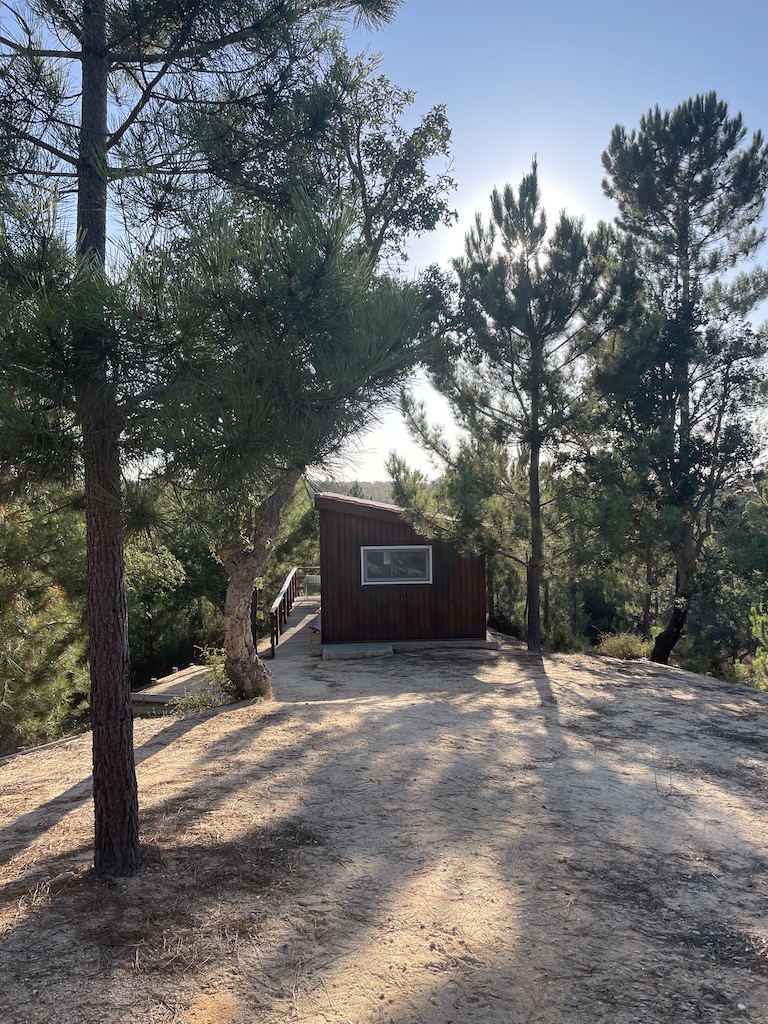
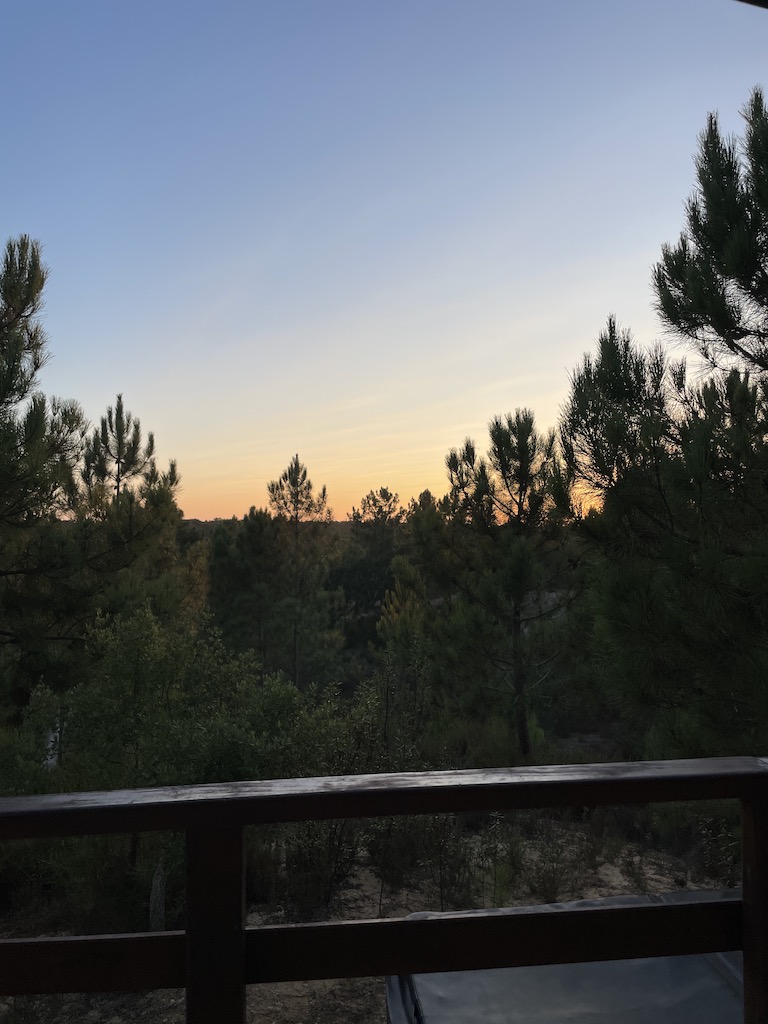
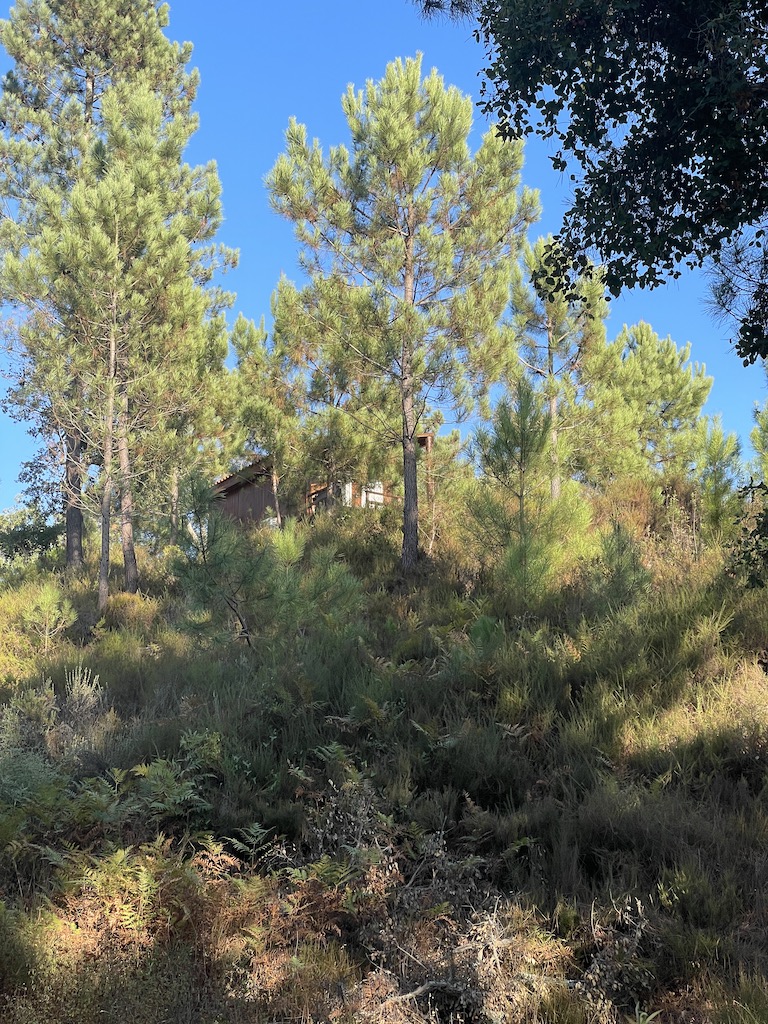
I returned to my daily routine with three fundamental decisions, aligned with the desire to break the cycle of constant stimulation that distracts me and robs me of my creativity:
Doing a non-radical digital detox
When I opted to embrace a simpler lifestyle, I did a “Low Buy Challenge.” The idea is to commit to reducing the purchase of non-essential goods. For example, one of the rules I set for myself was to buy no more than three items of clothing per season. Another was to eat out only twice a month. Another still was to give up manicure. Each person can define which non-essential goods they are willing to reduce and set limits they find reasonable. This model helped me reflect and change my consumption habits so much that I replicated it in my relationship with technology and online time. For a non-radical digital detox, I predefine a period when I use technology more consciously. These time frames bring me clarity about how I feel when I don’t give in to the impulse of social media, emails, news, and notifications. Each person can set the rules that best suit their reality and comfort level, but the goal is always to reduce online time. It could be a morning without technology, muting app notifications on your phone, or setting aside an entire day without a digital connection. There is no right or wrong, just the reasonable measure for each individual. In my case, I realized that both my computer and phone are major sources of stimuli and manipulators of my attention. Since adopting the simple rule “disconnected after 8 p.m.” I’ve regained regular reading habits and started small hobbies again, like crochet and origami, which had gradually lost space to technology without me even noticing.
Paying attention to what I am doing, one task at a time
Whenever I’m involved in activities like cleaning the house, cooking, driving, exercising, or eating, I seek some kind of mental entertainment. It could be things like a movie or series, a podcast, an audiobook, or a concert. I imagine I’m not the only one who does this, and apparently, it’s harmless. But I started noticing that every time I prepared to cook, walk, or brush my teeth, the first thing I did was reach for my phone and choose what to listen to during the task. A little while ago, as I was preparing for a drive from Lisbon to Montemor-o-Novo, I realized this might not be as straightforward as it seems. It had been an intense day of work, meetings, and various stimuli in the capital, and I was eager to return to the tranquility of Alentejo, where I live. However, I found myself sitting in the car for more than 10 minutes, scrolling through the podcast list, unable to decide which one to listen to during the drive. In 10 minutes, I could have already crossed the bridge and been a bit closer to my goal: getting home and relaxing. I asked myself why I needed to be constantly surrounded by sounds. Yes, apparently it’s just a way to keep myself entertained, but at that moment, I felt it was more harmful than beneficial. On such a full day, it seemed to me that all the content I had absorbed throughout different moments was turning into a shapeless cloud of voices and sounds in my head. I chose to drive in silence and let my mind wander wherever it wanted. It was on that trip that the idea for this article emerged! I wrote the entire piece in my head during those sixty minutes of driving.
Decluttering, organizing, and simplifying the home
We may be more or less aware of it, but we are constantly absorbing so much information throughout our days that we often feel overwhelmed without even knowing why. That’s why what we find at home is so important. Especially for those like me, who have an introverted personality and are highly sensitive to stimuli. I tend to feel everything around me more intensely and deeply than most people. So, I really need to be intentional and selective about what I expose myself to, in order not to feel drained. Yes, I know that many times it’s something we can’t exactly choose, whether it’s due to work-related issues or obligations we need to fulfill. But we can create a calm and relaxing environment in our homes. Right now, I live in a sort of “house between houses” as I build the path toward moving to a home even more immersed in nature. This temporary living situation has helped me reflect and practice the process of simplifying and decluttering. Consequently, I have come to realize how important it is for what surrounds me to bring me peace of mind, comfort, and security.
Promoting personal well-being is an individual responsibility. It’s neither as simple as reading an article online or watching a YouTube video nor as complicated as the self-development programs of new influencers, Instagrammable detox retreats, or restrictive diets with so-called superfoods.
My process is to ensure balance through a simple, slow-paced lifestyle. When I have a lot of professional demands, I need moments of solitude, silence, and contemplation. In times of greater busyness, I organize my days without forgetting moments of pause. If I’ve spent the whole day staring at a computer, I don’t finish it without a walk among the trees. If I’m going through a period of heavy social interaction, I know I’ll need to set aside a day to become a hermit.
Of course, I need stimuli in my life, just like everyone else. We all need to be in contact with new ideas, different people, different places, new perspectives. But it’s equally important to understand when it’s too much and know what to do to recover. Because life is meant for us to be well, as many hours as possible.
